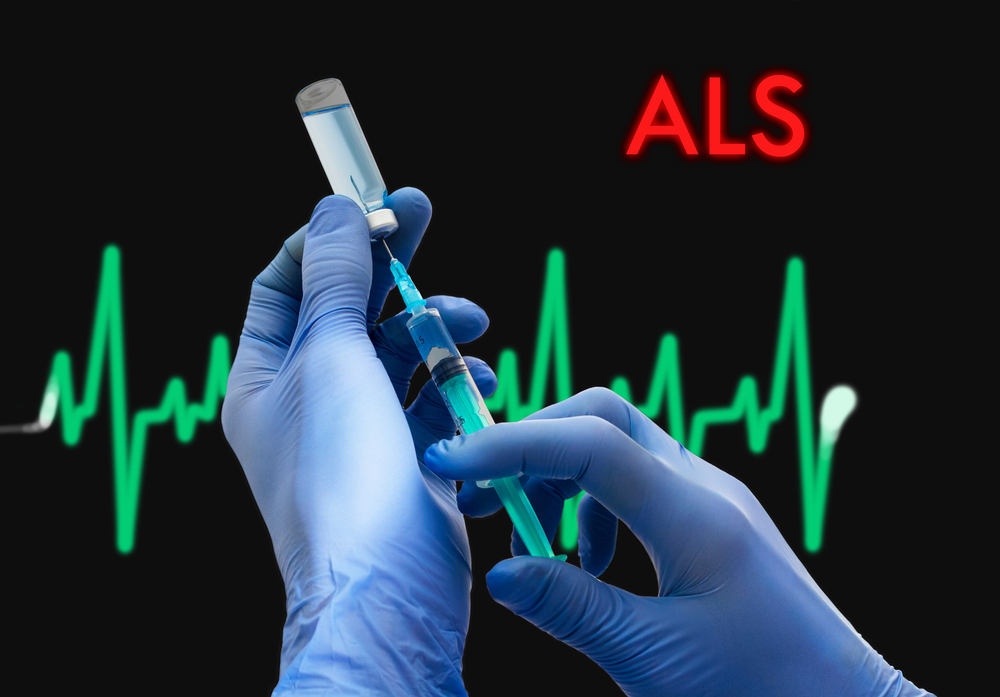
Barrow Neurological Institute researchers have completed additional experiments that validate the identification of five new genes linked to Amyotrophic Lateral Sclerosis (ALS) – also known as Lou Gehrig’s disease. The new study results, validated through five different methods, were published in a full length manuscript in Acta Neuropathologica, validating earlier findings in the project.
ALS is a fatal neurological disorder affecting more than 220,000 patients worldwide1 with no cures and few treatments. Dr. Robert Bowser, who led the research, directs the Gregory W. Fulton ALS Research Center at Barrow, located at Dignity Health St. Joseph’s Hospital and Medical Center and considered one of the world’s leading neuroscience centers.
Dr. Bowser’s team used technologies provided by IBM Watson Health, including Watson for Drug Discovery, a novel research platform that harnesses the text of more than 28 million MEDLINE abstracts and other data sources. The solution applies advanced natural language processing, machine learning and predictive analytics to identify new relationships between genes, proteins, drugs and disease.
“Further validating and expanding on our earlier findings has been exciting, because in research of this nature, time is of the essence,” says Dr. Bowser, one of the nation’s top ALS researchers. “We could have individually looked at the 1,500 proteins and genes but it would have taken us much longer to do so. These findings inspire hope that, with this technology, we may someday identify new and more effective treatments for ALS.”
This research is important because it demonstrates the ability of artificial intelligence algorithms to accelerate wet lab research discoveries. It also provides further evidence that RNA metabolism plays an important role in ALS.
More than 30 genes have been linked to ALS, and mutations in the 11 genes that encode RNA binding proteins cause familial forms of ALS. These RNA binding proteins play a critical role in how genes encoded within the DNA in every cell are converted to the proteins that perform all the functions within a cell. Alterations in these proteins can lead to altered RNA metabolism and the generation of toxic protein aggregates within motor neurons that contribute to motor dysfunction and ultimately paralysis and death.
A person’s DNA encodes for over 1,500 RNA binding proteins, and it is unknown if other RNA binding proteins may contribute to ALS. With so many RNA binding proteins encoded in our genome, the cost and time required to examine all these RNA binding proteins would prohibitive. The Barrow laboratory studied whether IBM Watson for Drug Discovery could accelerate the identification of additional RNA binding proteins linked to ALS by helping scientists focus research efforts on the proteins that Watson ranked high and predicted to be altered in ALS.
Dr. Bowser and his team provided a list of 11 RNA binding proteins with known mutations that cause ALS. Watson for Drug Discovery used the list of proteins and cross referenced medical literature from 28 million MEDLINE abstracts to rank order all other 1,500 RNA binding proteins encoded by our genome to attempt to identify new RNA binding proteins linked to ALS.
The Barrow team validated the top 10 RNA binding proteins using five different methods that included use of patient tissue samples and patient derived stem cells differentiated into motor neurons. They also examined a smaller set of RNA binding proteins near the bottom of the list to demonstrate that any changes detected in the top 10 were not observed for those at the bottom of the list, demonstrating the ability of Watson for Drug Discovery to correctly predict RNA binding proteins linked to ALS.
The results were groundbreaking – and a painstaking process that would have taken researchers years was completed in only a few months.
Eight of the top 10 candidates were successfully validated and shown to be altered in ALS. Five of these genes had never been examined in ALS, indicating that IBM’s artificial intelligence platform could predict novel genes and proteins linked to this disease. RNA binding proteins at the bottom of the list were not altered in ALS.
By accelerating cell biological research, scientists hope to speed the discovery of new therapies for ALS.




